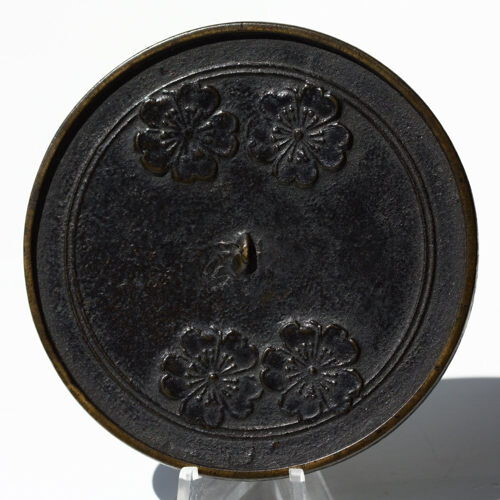John,
Terminology is not so important. It is a real nihonto, a Japanese sword, regardless of its length. But yes, it used to be a longer sword, either a wakizashi or katana, that has been cut down to the current length. The shortening work is crude - a proper job would result in a well shaped nakago.
Yes, it was common practice to shorten swords to accommodate a new owner's requirement or to respond to the fashion of the day (many long tachi have been converted into katana or even wakizashi). Often a damaged sword (e.g a blade with hagire = crack in the hamon) was cut down to allow to extend its life span and to use it as a shorter weapon. And yes, shortening always affects value, in some cases to a great degree.
In your case the value has been reduced very substantially, to put it mildly. To all intent and purpose this is just a remnant of a sword. You are left with 19-20cm of a blade but you can enjoy what you can see in the steel (ji-nie, hamon, etc). In this respect it has value. Sometimes, Japanese connoisseurs will salvage even a remnant of a good blade in order to study it. In such cases, even if the blade is in a pitiful state, the nakago will be correctly shaped. Here is a good example:
http://www.ksky.ne.jp/~sumie99/Sueyuki1.html
BTW, since you are new to nihonto, how about reading some books to start with?



